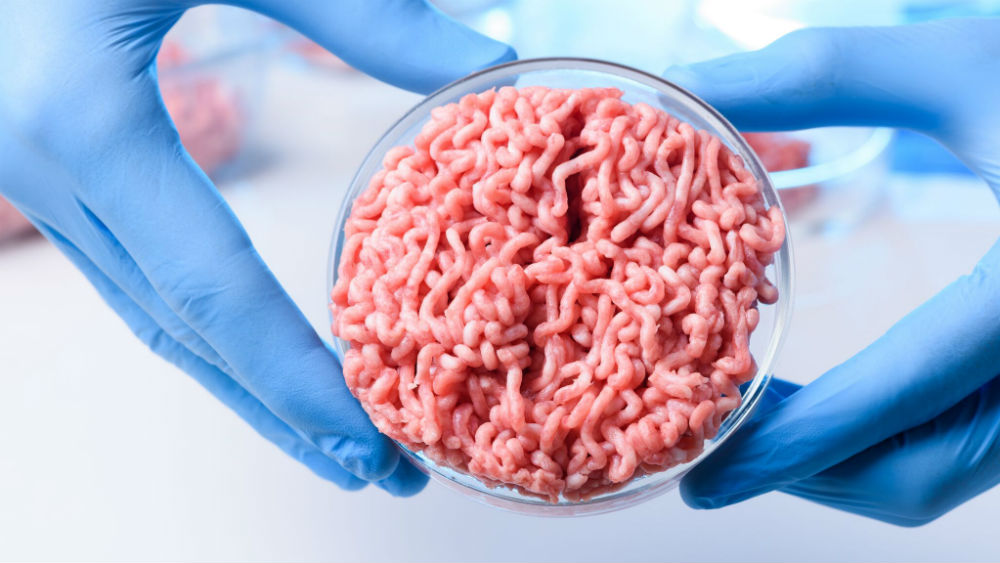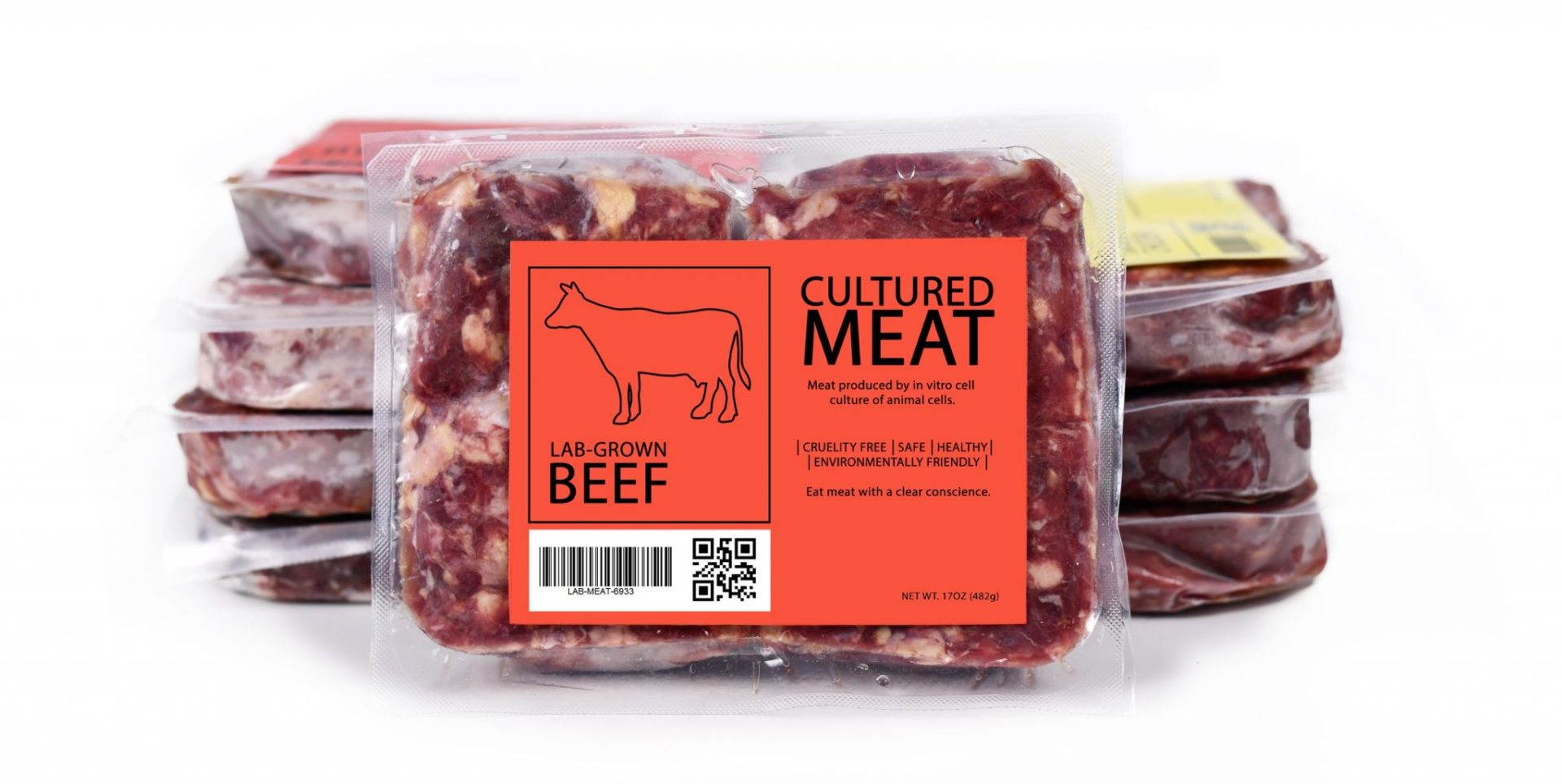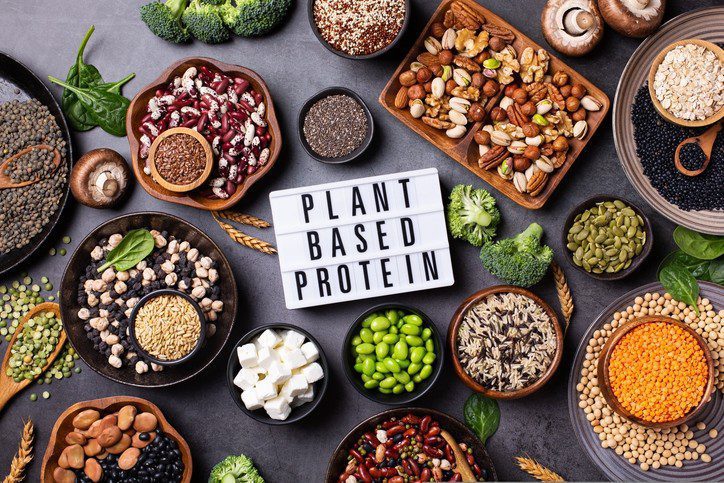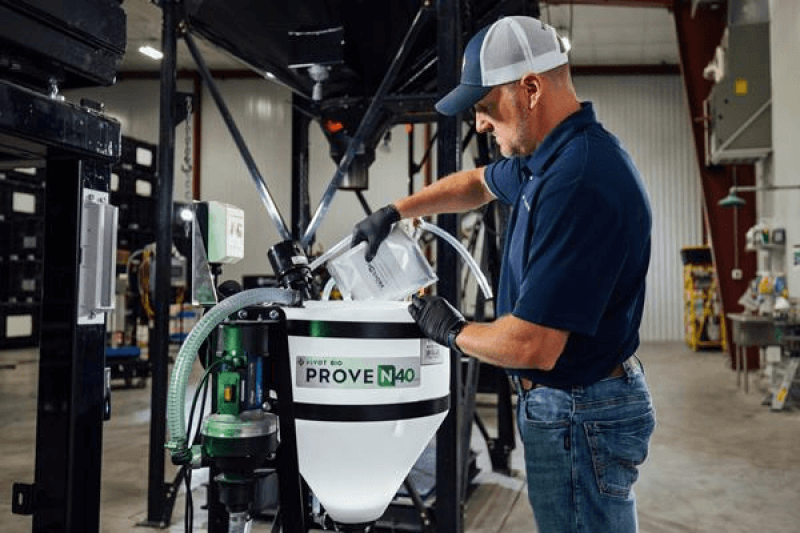It’s no longer made in labs, and the industry calls it ‘cultivated’ meat. But what needs to change so that more consumers get on board?
In his work at some of the world’s largest branding agencies, Jason Hall came up with product names for such companies as Apple, Levi’s, and Netflix. But when he started his own agency a couple of years ago, he took on a personal side project that was a little different: He wanted to rename meat grown from animal cells without an animal, sometimes called lab-grown meat.

“I saw these companies getting close to making FDA-approved meat, and I thought, this is so cool,” says Hall, who recognized the potential environmental and animal welfare benefits. “But I know some people are going to be scared of it.” As someone with two children now, who grew up in Paradise, California—the town destroyed by the 2018 wildfire—Hall says he’s always thinking about climate change. Producing meat this way could cut emissions, though it will depend on exactly how it’s made.
It’s been a decade since the Dutch scientist Mark Post unveiled a lab-grown burger. Now, as startups like Upside Foods are beginning to produce the food commercially, it’s no longer made in labs, but the name has stuck. The industry has gone through a long list of other names: Slaughter-free meat. Cell-based meat. Synthetic meat. Clean meat. Cultured meat. Cultivated meat. When, this summer, the USDA gave approval to two companies in this space to begin selling products, it used the phrase, “cell-cultivated.”

That level of iteration is not uncommon for a new product, says Emma Ignaszewski, a corporate engagement project manager at the Good Food Institute, a nonprofit focused on alternative protein. “As cars became popular, they were called motor carriages, auto-motor horses, buggyauts, autometons, motorigs, truckles, and more,” she says. “It makes sense for an industry to explore and test different terms as the first products are commercialized. The cultivated meat industry, like any other, is fine-tuning language to optimize for consumer understanding and appeal.”
Right now, “I would say there’s a pretty strong industry consensus around ‘cultivated’ [meat],” says Amy Chen, chief operating officer at Upside Foods. Consumers have “an incredibly negative” reaction to the phrase lab-grown meat, she says. “It conjures up images of test tubes and science fiction, and the reality of where we are as an industry is we’ve progressed beyond the lab scale . . . so that’s not accurate.”
Some other terms, like “cultured meat,” were fairly positive in consumer tests, but “cultured” is already associated with products like yogurt. “On the one hand, it actually is a very familiar process to consumers and makes it accessible,” she says. “On the other hand, it can cause some confusion in terms of what the actual process is.” (Other terms, like “cell-based meat,” are also confusing: Traditional steaks are made of cells, too.)
Most of the industry has landed on “cultivated meat” because it’s an accurate description, it makes it clear that it’s somehow different from regular meat, and consumers liked it best in tests. Still, right now, only around a third of consumers say they’ve heard of “cultivated meat” before. And Hall, the naming expert, argues that it still isn’t the right name.

“It doesn’t sound like something that tastes good,” he says. “While the word is technically correct, it doesn’t feel welcoming. . . . Scientific and engineering minds have the most issues with names that don’t feel logical. However, consumers don’t run on logic. They run on feelings.”
** Click here to read the full-text **










